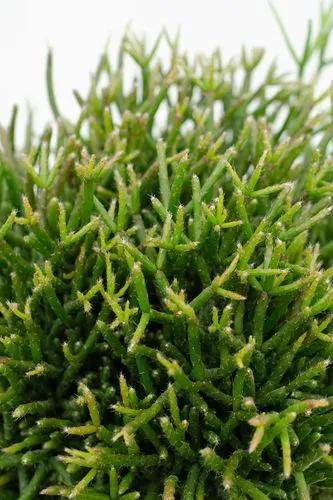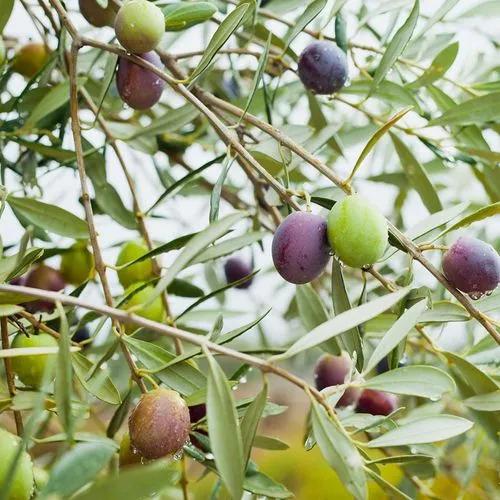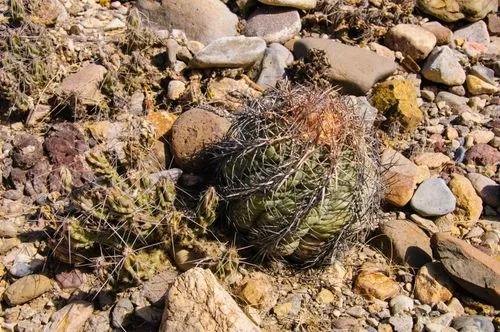The Lisbon lemon (Citrus x limon 'Lisbon') is one of the most widely-available varieties of lemon found in shops around the world. Native to Australia, they're descended from the Gallego lemon in Portugal. This is where the inspiration for their name came from.
Lemon Lisbon Care
Citrus Limon 'lisbon'



How to Care for the Plant

Water

The 'Lisbon' lemon tree requires regular watering, especially during the first growing season, when the roots are growing into the surrounding soil.

Pruning

Shaping and branch pruning is done in the winter when the growth of the 'Lisbon' lemon tree slows, as lemon trees grow all year round without entering a dormant period in the winter. Pinching off excess fruit while they are still small produces larger lemons. The ideal fruit spacing is 4 to 6 inches apart.

Fertilizer

When growing a lemon tree, you want to make sure that you apply fertilizer at the proper times. Lemon trees should be fertilized no more than four times a year and should not be fertilized in the coolest season when it is not in active growth.

Temperature

Their preference is for temperatures to be around 75 to 85 degrees Fahrenheit to produce the best harvest.

Container

While a lemon tree in the ground can take mild frost and cold, a lemon tree in a container cannot.

Additional

Although lemons are edible fruit for humans, they should be kept away from any cats Lisbon lemons are medium-sized, oblong citrus fruits with a rounded stem end and very pronounced mammilla, or nipple, on the opposite end. The medium-thick rind is smooth and bright yellow when mature. It is finely pitted with oil glands that when scratched or rubbed offer a citrusy aroma.

Popularity

94 people already have this plant 24 people have added this plant to their wishlists
Discover more plants with the list below
Popular articles






